10 Easy Tips for Effectively Repairing Irrigation Pipe
Irrigation pipes are an important part of our society. They help distribute water to different areas for farming, landscaping, and other uses. When these pipes become damaged, it can result in a lot of problems for farmers and homeowners alike. Fortunately, there are some easy tips you can use to help repairing irrigation pipe in an effective manner. In this article, we will go over 10 of the most important tips for repairing irrigation pipes.
Irrigation pipe is an important part of the agricultural sector. It helps to transfer water from one place to another in order to help crops grow. Many factors may affect the functionality and proper functioning of the irrigation system. This includes erosion, sagging, mechanical breakage, and so on. In addition, improper installation of irrigation pipe can also lead to its damage. Improper handling during maintenance and operation can also lead to its deterioration. All these can be easily fixed by following some simple tips that we will discuss below.
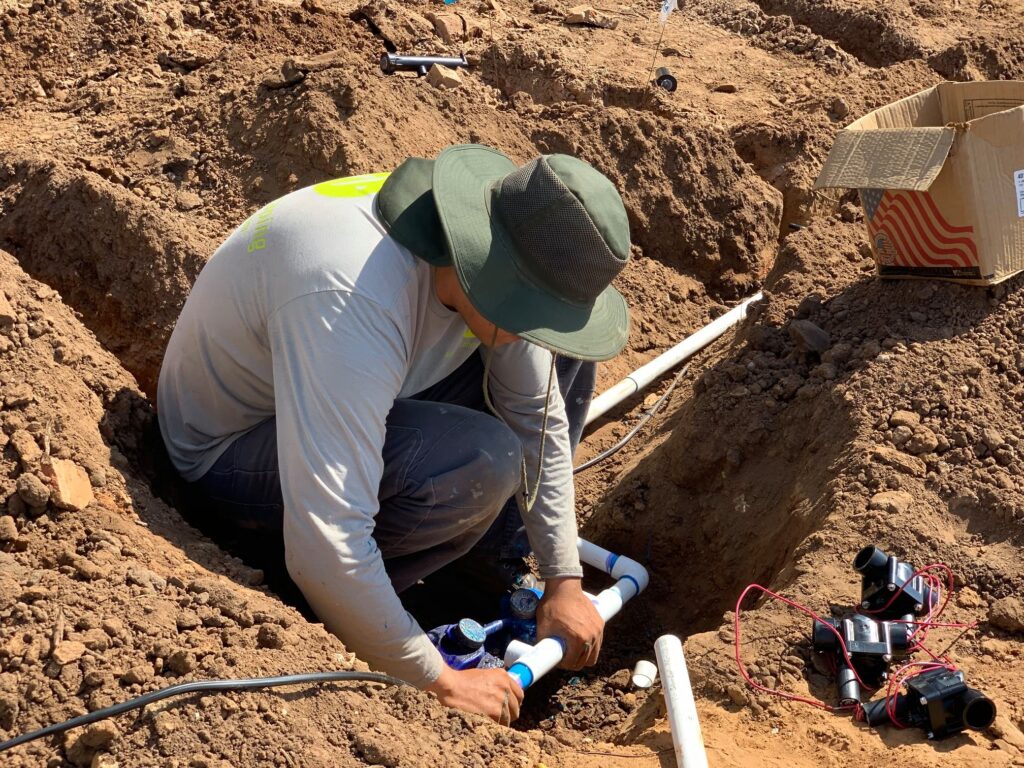
Residential Irrigation Repair
- Use the right tools. This will help to avoid further damage to the irrigation pipe and will also make the repair process easier. Make sure to use the right cutter, welding tool, and other equipment when you are working on the pipe.
- Inspect the entire system thoroughly. This is especially important if you are dealing with a large-scale agricultural operation. Look for leaks, bends, and bulges in the pipe and mark them accordingly.
- Cut out the damaged section of the pipe. Once you have located the damaged section, use the appropriate cutter to remove it. Make sure to leave enough length on either side of the damaged area so that you can weld the new piece to it later.
- Weld the new section onto the existing pipe. Use a high-quality welding tool and make sure that you are working in a well-ventilated area. Take your time and ensure that the connection is smooth and seamless to avoid future leaks.
- Check for any leaks in the system. Once you are done welding and connecting the new section, it is important to check for any leaks that may have developed. If you find any leaks, use a welding tool to fix them.
- Make sure the pipe is properly buried. Once you have repaired the irrigation pipe, it is important to properly bury it again. This will help protect the pipe from becoming damaged again in the future.
- Use proper maintenance techniques. By keeping up with regular irrigation system maintenance, you can help avoid future problems and extend the life of your pipes.
- Be aware of the surrounding soil conditions. Irrigation pipe is susceptible to damage from erosion, sagging, and other factors in the soil. By taking the time to monitor the soil conditions around your pipe, you can help avoid these problems.
- Use the appropriate backfill material. When you are burying the irrigation pipe, it is important to use the appropriate backfill material. This will help support the pipe and prevent it from becoming damaged.
- Stay up-to-date with the latest advancements in irrigation pipe technology. By continuing to research and learn about new technologies for repairing irrigation pipes, you can stay ahead of the curve and ensure that your system is running smoothly at all times.
If you follow these tips, you can be sure to have a fully functional irrigation pipe system for years to come.
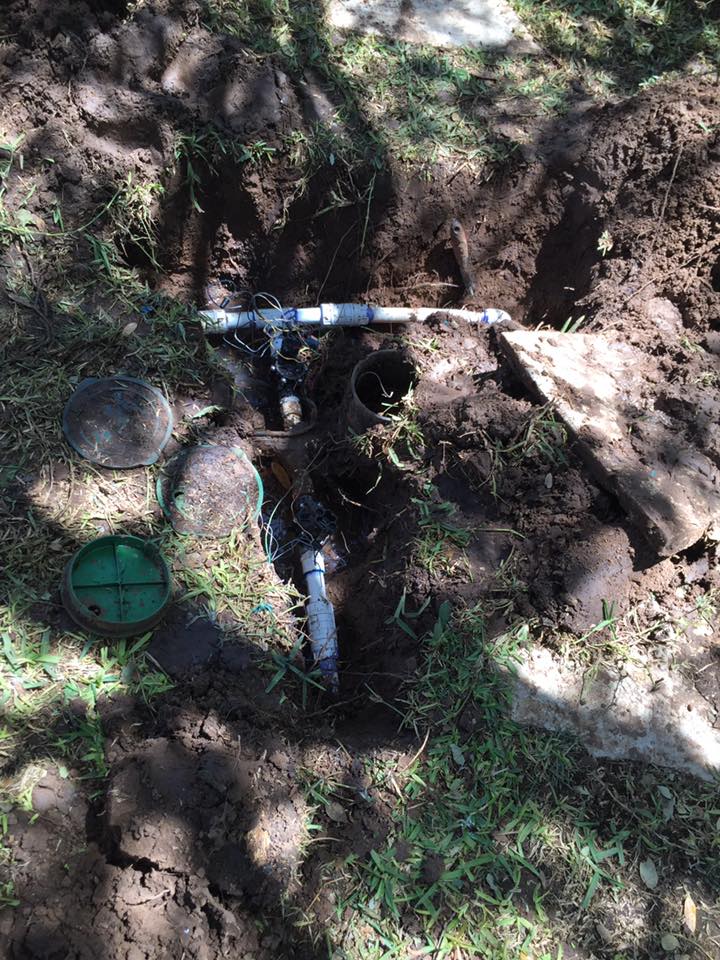
Repairing Irrigation Pipe
https://www.google.com/maps?cid=13989235156141656324
1046 Axlewood Cir, Brandon, FL 33511
(813) 317-4200
https://secondirrigation.com/


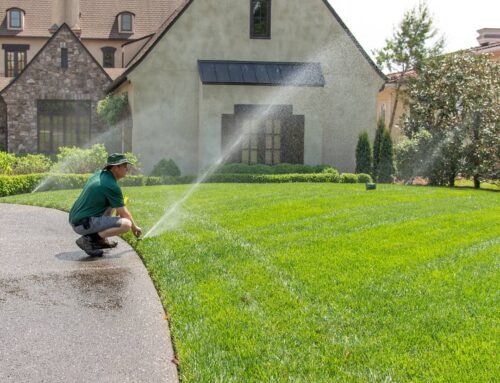
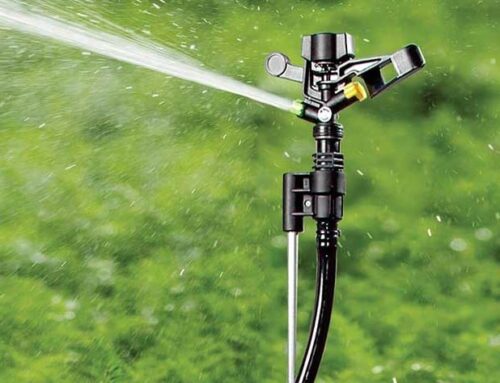
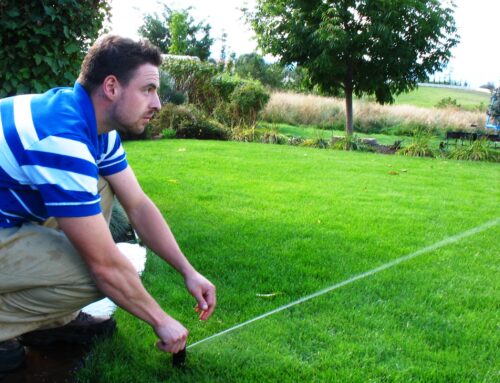
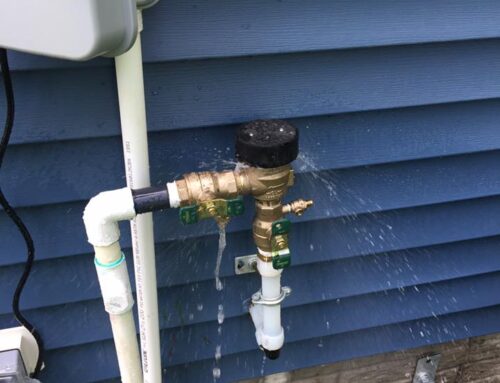
Leave A Comment